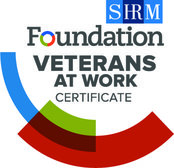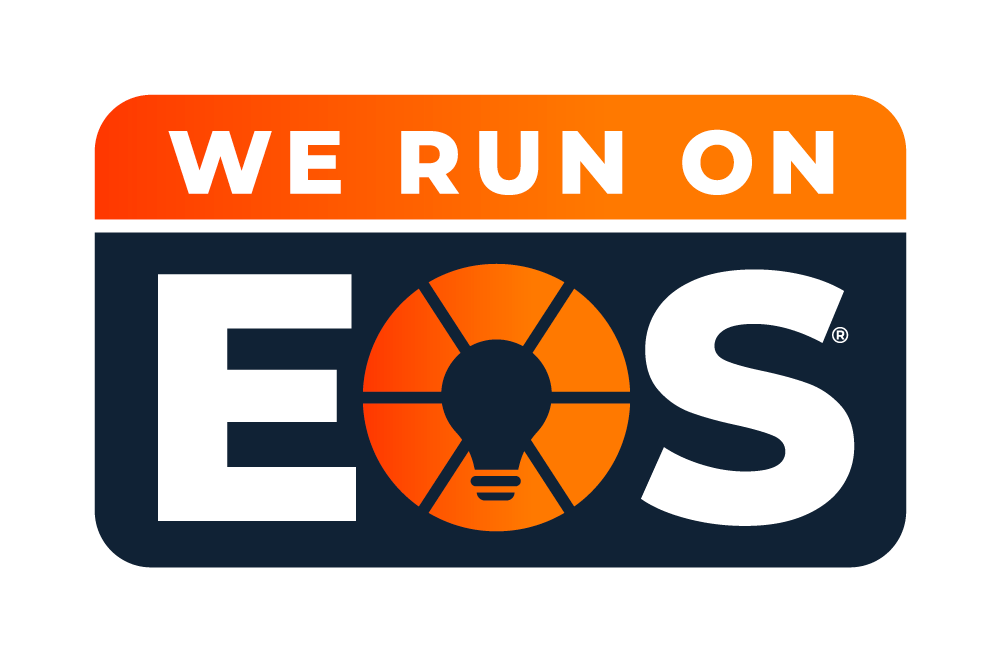Retention Versus Recruitment
Guest blog by Megan Bergen
While most Government Contractors (GovCons) agree that investing in relevant retention strategies will get them closer to a stable and high-functioning workforce, many ultimately devote more resources to recruiting than retention.
This may be because recruiting is a well-defined set of activities with a beginning, middle, and end. It involves activities such as job description development, job posting, resume screening, interviewing, and making job offers to the selected candidates. It begins with the need for a new employee and ends when that role is filled.
This is not to say that recruiting can’t be nuanced and difficult. The goal of recruiting is to identify and hire the best available candidate for the job, who can contribute to the organization’s success.
Employee retention efforts are murkier waters for business leaders. With an open-ended goal of retaining your top performers, activities with clear impact or measurable ROI can feel more elusive. And while cash is often king, it’s not enough for a sustainable workforce plan. Market leaders report their success in pursuing this goal has been through key efforts that contribute to their workplace culture and create an engaging relationship with employees.
Let’s look at the critical elements that comprise both recruiting and retention – and why both are integral to optimizing your employee experience.
Recruiting
According to Gallup research, the cost to replace a single employee can range from one-half to twice that employee’s annual salary. In today’s tight labor market and unstable economic climate those are expenses most GovCons cannot afford. It is critical that a recruitment strategy is efficient and effective.
Effective recruitment strategies encompass the following key elements:
- Competency-based hiring
- Using skills assessments to evaluate candidates.
- Prioritizing competencies during the screening process and providing necessary training after hiring.
- Polished job advertisement
- Including infographics and other visually appealing elements.
- Presenting information about company culture not just the job description.
- Reaching out to passive candidates
- Recognizing that approximately 73% of candidates are passive job seekers according to LinkedIn Reports
- Streamlining the application and interviewing processes
- Invest in mobile devices and create remote options when you can.
- Leveraging technology
- Employing Applicant Tracking Software systems for efficient management of applications.
- Utilizing remote and texting communication channels for effective candidate engagement.
- Targeting diverse talent pools
- Create relationships with Historically Black Colleges and Universities (HBCUs) and other Minority Serving Institutions (MSIs).
- Actively pursuing former military, military spouses, and potentially part time candidates can also show positive results.
Taking the time to create a strong recruiting plan and process can yield high-quality employees who arrive aligned with the company’s goals, policies, and needs.
Retention
Spurred by COVID, companies are experiencing a mass exodus of employees and are often left with those that are “quietly quitting” or those that are embedded in the “act your wage” culture according to TikTokers.
Employee retention strategies are a bit more fluid and harder to define. Retention can be achieved through various strategies such as offering competitive compensation and benefits, providing opportunities for career growth and development, fostering a positive work culture, and improving employee engagement and satisfaction. Retention begins at onboarding and extends beyond employment. Every company wants their employees to leave when they need to, as friends.
One in two US employees is open to leaving their organization.3 So, it is critical to invest in a healthy retention strategy that will garner longevity among workers. We all know how important institutional knowledge is.
Adopting and establishing meaningful retention strategies that will result in reduced turnover can be tricky. Understanding what your workforce is looking for is the first essential step to creating a system of benefits and opportunities that meet your employee’s needs. Of course, compensation and traditional health benefits will have a considerable impact on your employees’ satisfaction. But don’t forget the appeal of work-life balance, a culture of caring, and opportunities for professional and personal growth and development.
Comprehensive retention strategies often include:
- Competitive compensation packages
- Offering remote work, flexible schedules, and reduced workdays
- Implementing rewards and recognition programs
- Cultivating a workplace culture that includes diversity, equity, and inclusion
- Facilitating two-way communication, including leadership-to-employee and employee feedback channels
- Providing wellness benefits that encompass both physical and mental health
- Offering opportunities for professional and personal growth and development
Conducting and validating a comprehensive compensation policy that includes regular updates to check for changes in the market is a must when it comes to addressing the competitive compensation conversation employees are demanding today.
A close second, according to Gallup, is offering a clear career ladder that employees can see, aspire to, and even train for. Offering professional development opportunities will demonstrate the GovCons commitment to each individual. It’s not just moving to a new labor category, but what allows the employee to take on new responsibilities that expand their skillset.
GovCons that create a culture that not only allows but invites its employees to bring their authentic selves to work; a culture that embraces differences and ensures opportunity and inclusion for all will enjoy lower turnover and loyalty to a much greater degree than those that do not. The culture of just changing badges when the recompete comes up is outdated and does not serve organizations well.
Let’s talk about work-life balance. Maybe it is better described as a work-life juggle. Sometimes the work needs more and sometimes the home life needs more attention. GovCons that honor their employees’ personal needs will enjoy a more devoted workforce during times of surge.
Additionally, offering regular performance reviews with substantial feedback cycles can also signal to employees that your GovCon cares about their well-being. In today’s hybrid or even fully remote work environments, it is too easy to go ‘radio silent’ on employees that aren’t causing problems. According to Gallup, less than 50% of US employees know what is expected of them at work.4 When employees don’t feel connected to their work, they will look elsewhere until they do.
The multi-pronged approach that combines cultural, financial, regular feedback and professional development strategies can reduce the likelihood of employees going native – identifying more with their government customer rather than their employer, thinking of their employer as merely a paycheck.
There are tools and systems that can help a GovCon select and measure the impact of retention strategies, so every dollar spent increases employee engagement and retention. Surveys and roundtable discussions are excellent tools that can be used to identify what your particular workforce will find compelling. It is important to track the retention mechanisms used to measure the use and effectiveness of these strategies to ensure they are hitting the mark and making a difference. Conducting stay interviews as well as exit interviews can also garner the type of data you can use to inform your decision-making.
Having an effective, efficient, and goal-oriented recruiting strategy along with a relevant, sustainable, and data-informed retention strategy is absolutely essential to any successful GovCon today.
As the saying goes, “Make new friends but keep the old. One is silver and the other one gold.”
About the Author, Megan Bergen
Megan Bergen, Senior HR and Organizational Development Consultant for BOOST, has been an executive leader for more than twenty years. Prior to joining BOOST, she worked in workforce development, human resources, government contracting and consulting for over 25 years with a diverse set of organizations. Allow BOOST to support your recruiting and retention plans, freeing up your team to concentrate on your core strengths – growing your GovCon business. Contact BOOST today: https://boostllc.net/consultation/
To learn more about how an ERP system can support your compliance needs, visit Unanet’s ERP GovCon page.








